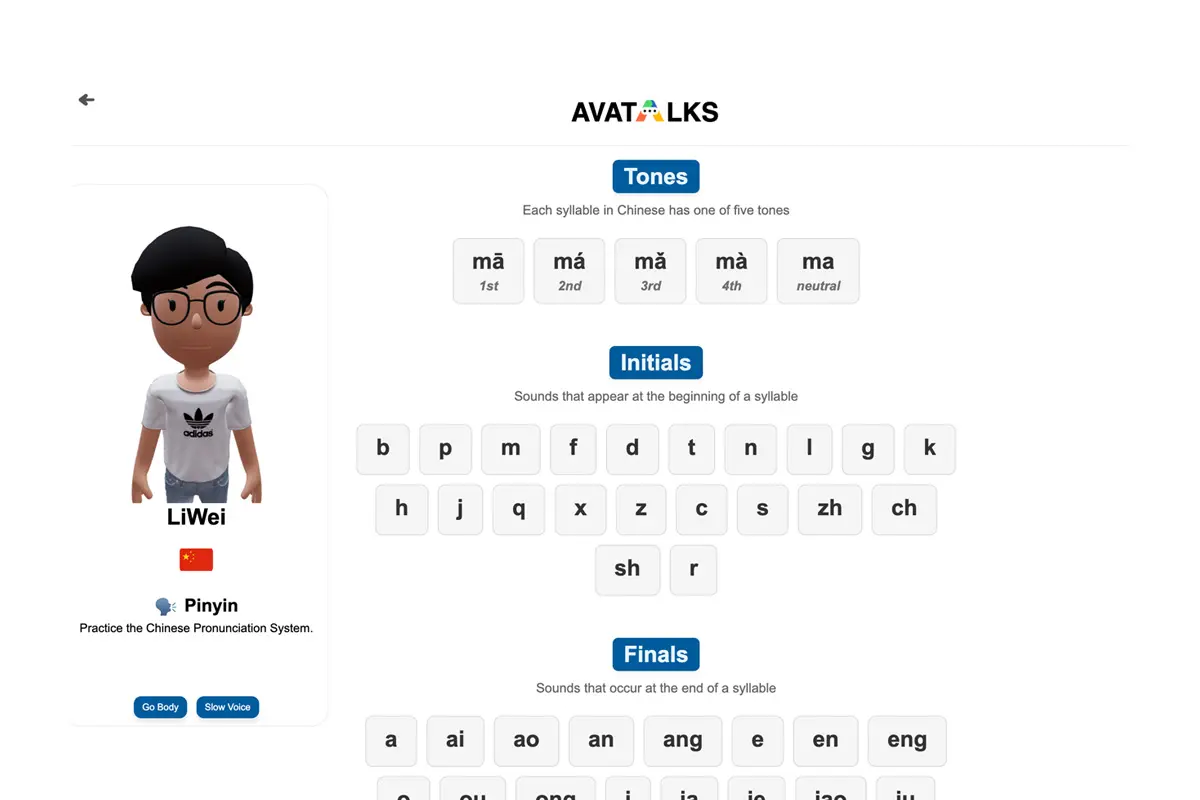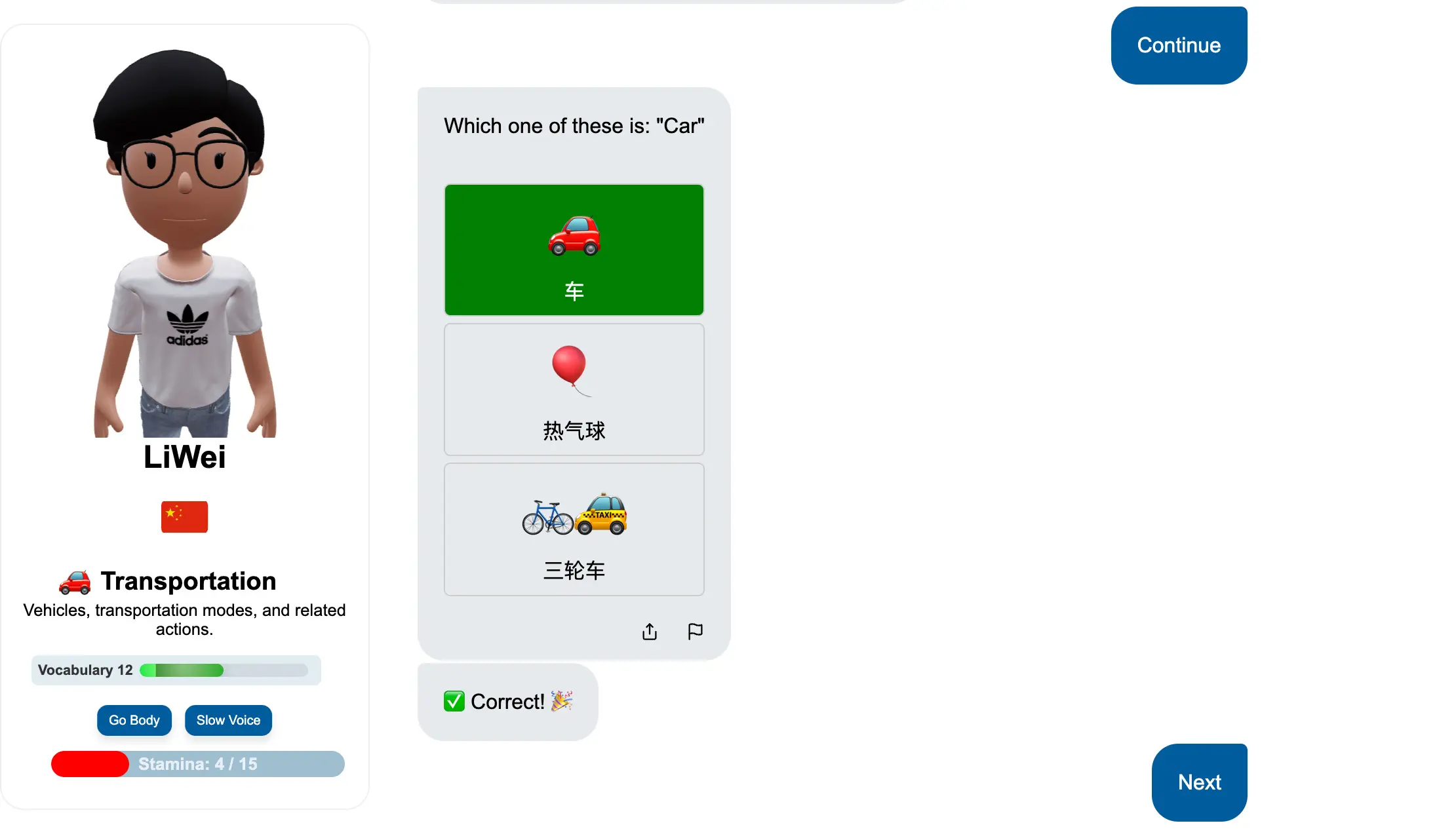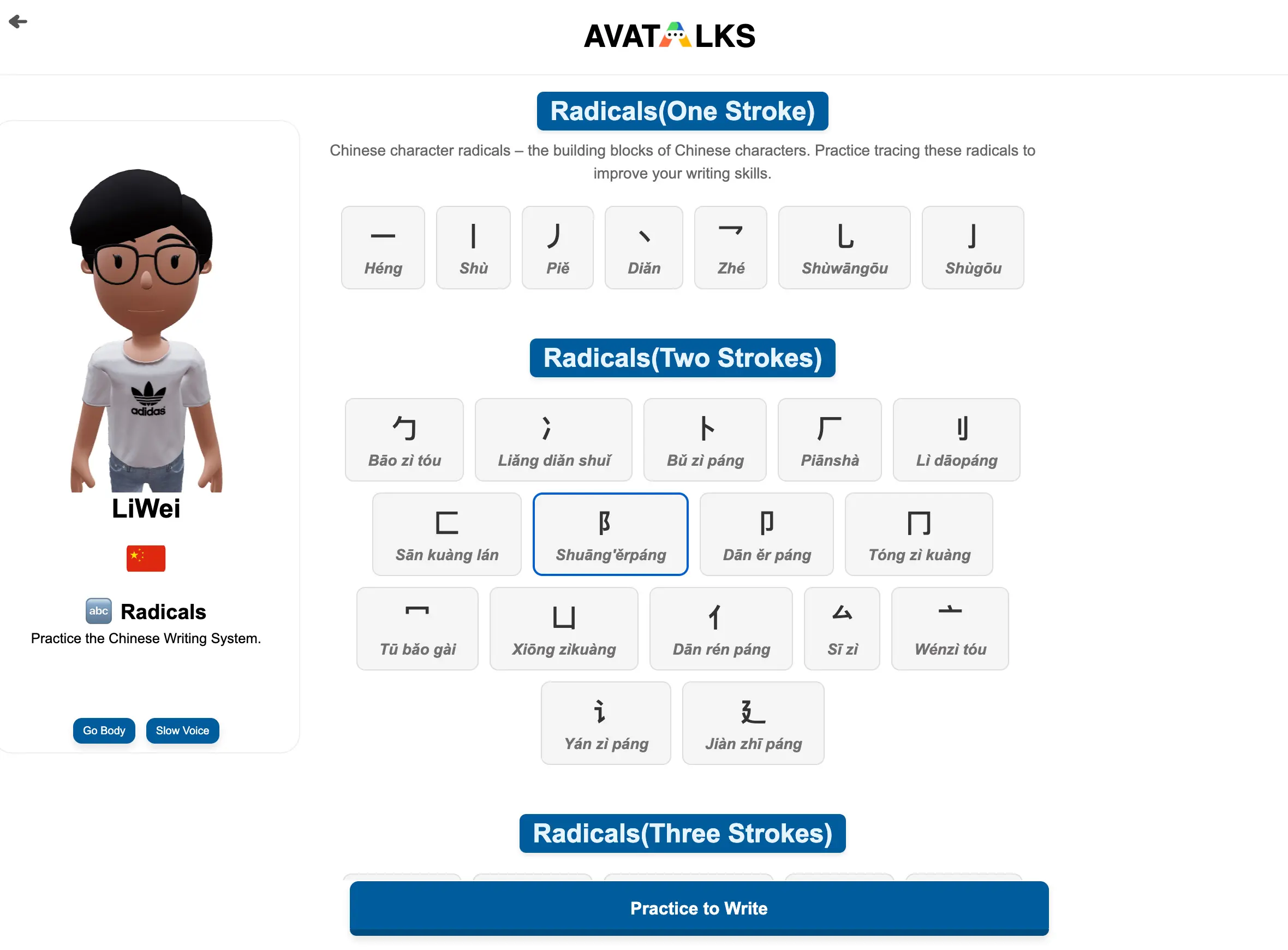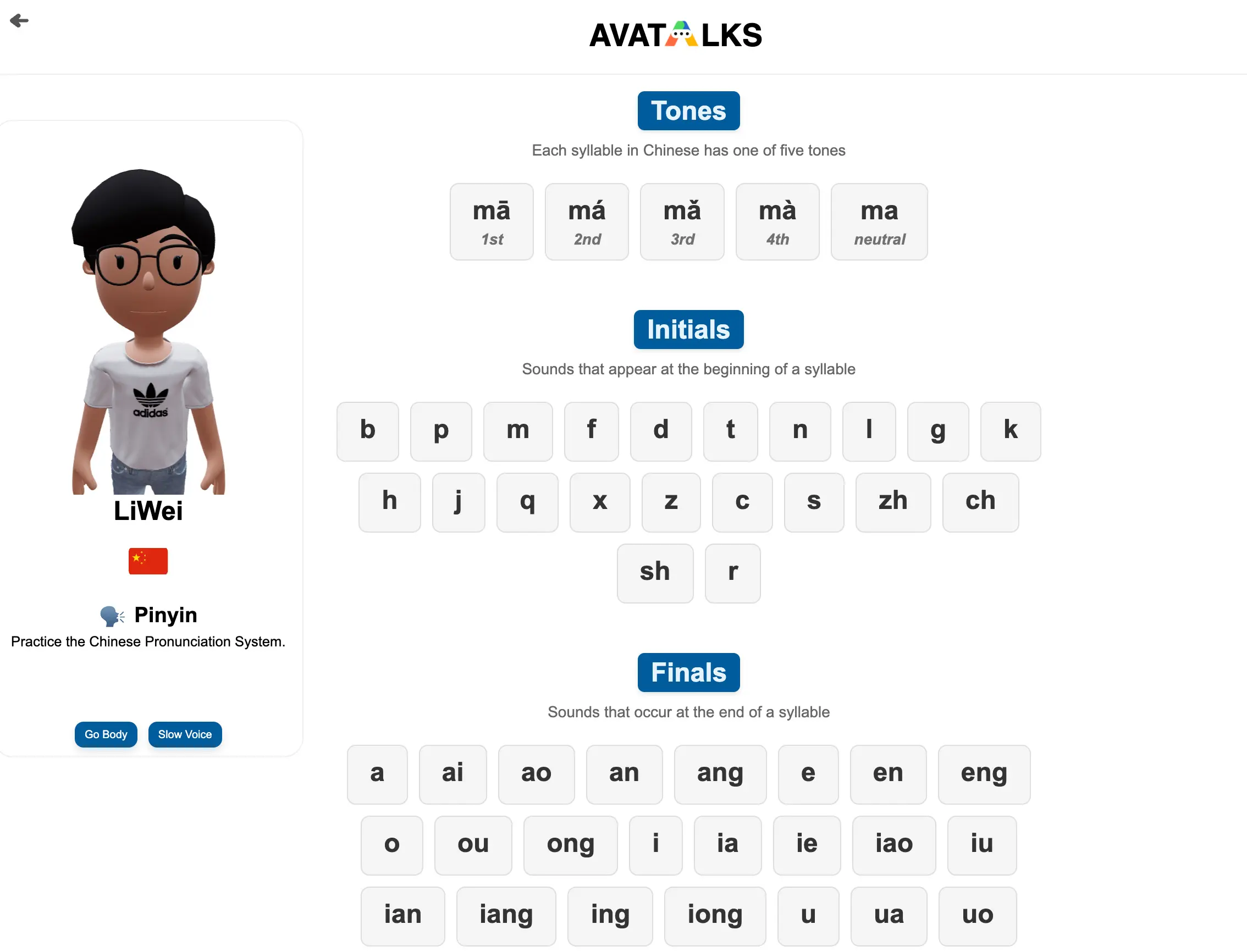
Learning Chinese as a child opens up a world of opportunity. With the right mix of fun and structure, kids can fall in love with Mandarin — and keep learning for life.
Why Learn Chinese for Kids?
Mandarin Chinese is one of the most spoken languages in the world. And as China’s global influence continues to grow, more parents are looking for ways to introduce their children to Chinese early. But learning Chinese can seem overwhelming — especially for children. Different tones, unfamiliar characters, and a completely new sentence structure?
That’s why choosing the right approach is so important.
The good news? Kids are incredible language learners. With the right support, they can pick up Chinese naturally — just like they did their first language.
The Benefits of Learning Chinese at a Young Age
- 🧠 Boosted cognitive skills: Learning a tonal and character-based language improves memory, attention, and brain flexibility.
- 🌏 Global career advantage: Chinese proficiency opens future career doors in business, tech, diplomacy, and beyond.
- 🧒 Cultural appreciation: Early exposure fosters empathy, diversity, and appreciation for Chinese heritage and traditions.
- 🧠 Stronger language muscles: Kids who learn a second language early often learn third or fourth languages more easily later in life.
How to Make Learning Chinese Fun for Kids
The best way to help kids learn Chinese? Make it fun, visual, and interactive.
🎮 Use Play-Based Learning
Games, puzzles, and interactive apps help children associate Chinese words with actions and emotions — not just translations.
🎵 Include Songs and Music
Chinese nursery rhymes, tone games, and karaoke apps are not only fun, but also help with pronunciation and memory.
🖌️ Learn Through Art and Characters
Chinese characters are perfect for drawing and tracing. Kids love learning the meaning behind each pictographic shape — it feels like art class and language class combined.
📖 Try Bilingual Storybooks
Children’s books in both English and Chinese help bridge understanding. Look for books with pinyin (phonetic spelling) so kids can read aloud too.
Best Tools to Learn Chinese for Kids (2025)
🧠 Avatalks – Interactive AI Chinese Tutor
Avatalks combines conversation-based learning with kid-friendly avatars.

- Speak Mandarin with animated 3D tutors
- Get pronunciation feedback in real time
- Take beginner Chinese grammar and character lessons
- Practice listening, reading, and speaking through short story dialogues

👉 Try the Chinese radicals Writing learning Tool — great for practicing strokes and pronunciation.

👉 Try the Chinese PinYin Tool — great for practicing Chinese PinYin system.
Parental Tips: How to Support Your Child’s Chinese Learning Journey
- Set a schedule — Even 15 minutes a day makes a difference.
- Learn together — Kids mimic enthusiasm. Practice a few phrases with them.
- Use visuals — Flashcards, cartoons, and labeling items around the house in Chinese.
- Celebrate progress — Reward milestones, even small ones.
- Stay consistent — Don’t expect overnight fluency. It’s about small steps.
Common Challenges (and How to Overcome Them)
| Challenge | Solution |
|---|---|
| Tones are hard | Use music and apps with voice playback |
| Chinese characters are confusing | Focus on radicals first, then compound words |
| Kids lose interest | Rotate between apps, games, drawing, and speaking |
| No one at home speaks Chinese | Use AI tools or hire virtual tutors for speaking exposure |
FAQs: Learn Chinese for Kids
Q: What’s the best age to start learning Chinese?
A: Earlier is better. Ages 3–7 are ideal for absorbing tones and new sounds. But it’s never too late to start!
Q: Do kids need to learn Chinese characters?
A: Not immediately. Focus on listening, speaking, and pinyin first. Characters can come in gradually through art and games.
Q: Can kids really learn Chinese with AI?
A: Absolutely. Platforms like Avatalks are designed to interact like a native speaker, using slow speech, visual prompts, and positive reinforcement.
Q: How long does it take to become fluent?
A: Fluency takes years, but kids can start holding basic conversations within months if they’re consistent.
Final Thoughts: Start Today with Joy, Not Pressure
Chinese is a challenging but rewarding language, and kids are often better learners than adults — as long as they’re having fun. The key to success is not perfection, but playfulness, consistency, and exposure.
With the rise of AI tutors, gamified learning, and visual tools, there’s never been a better time to help your child learn Chinese.
🎯 Want to try it yourself? Start with a free character lesson or chat with an AI tutor on Avatalks and turn learning into an adventure!